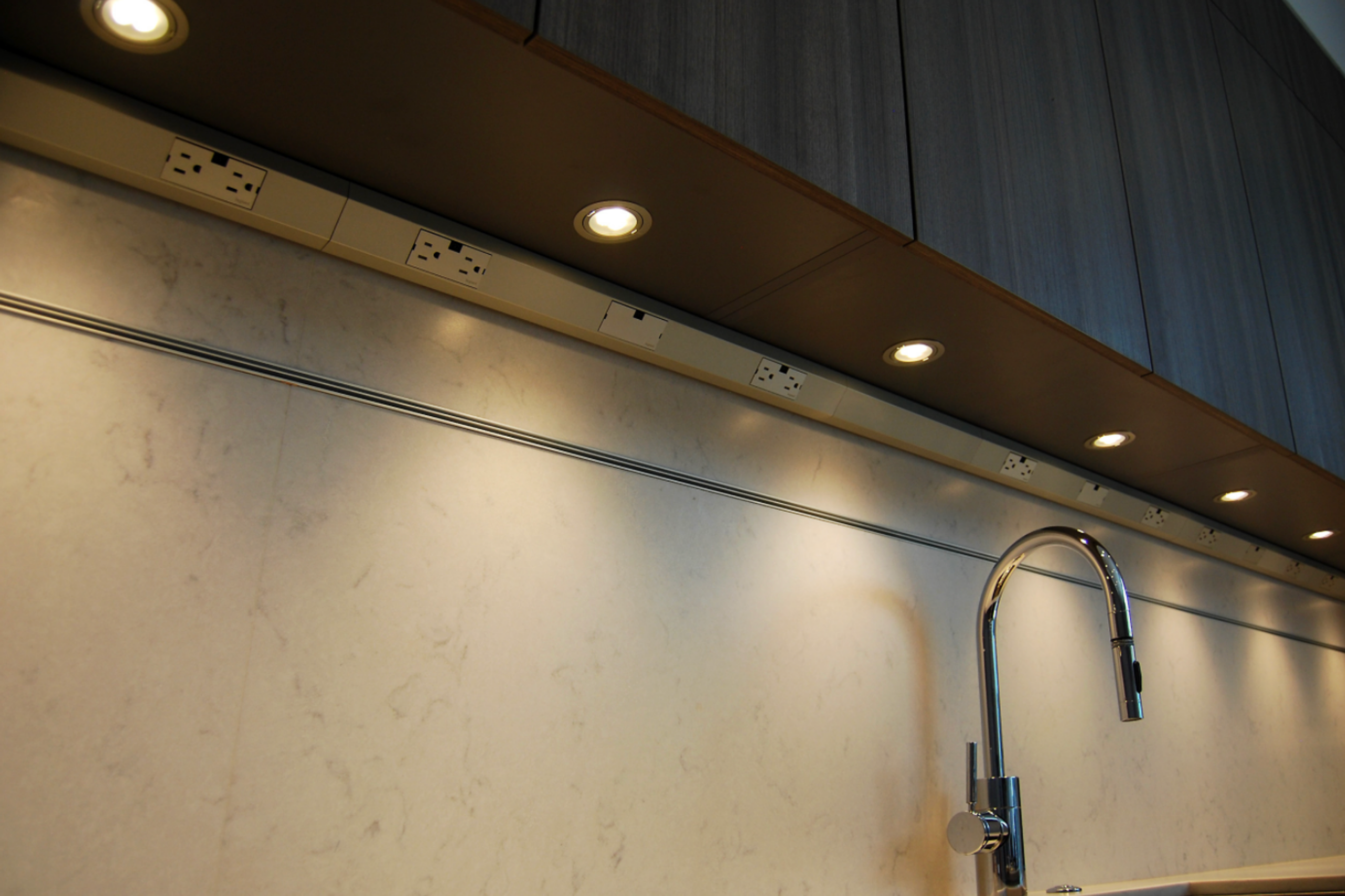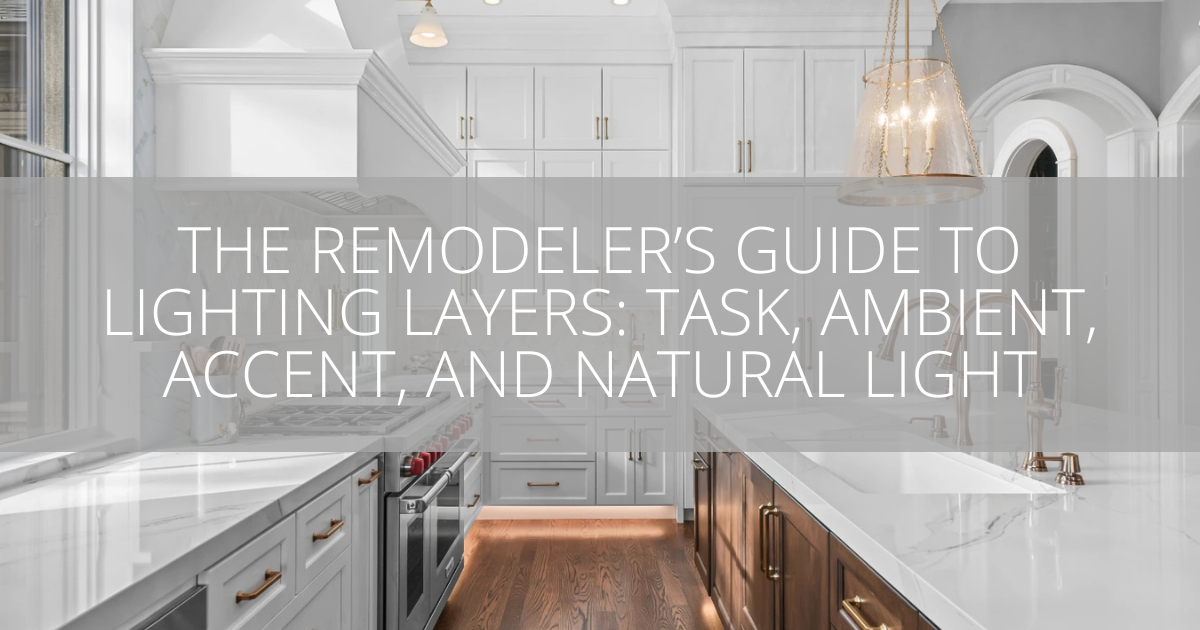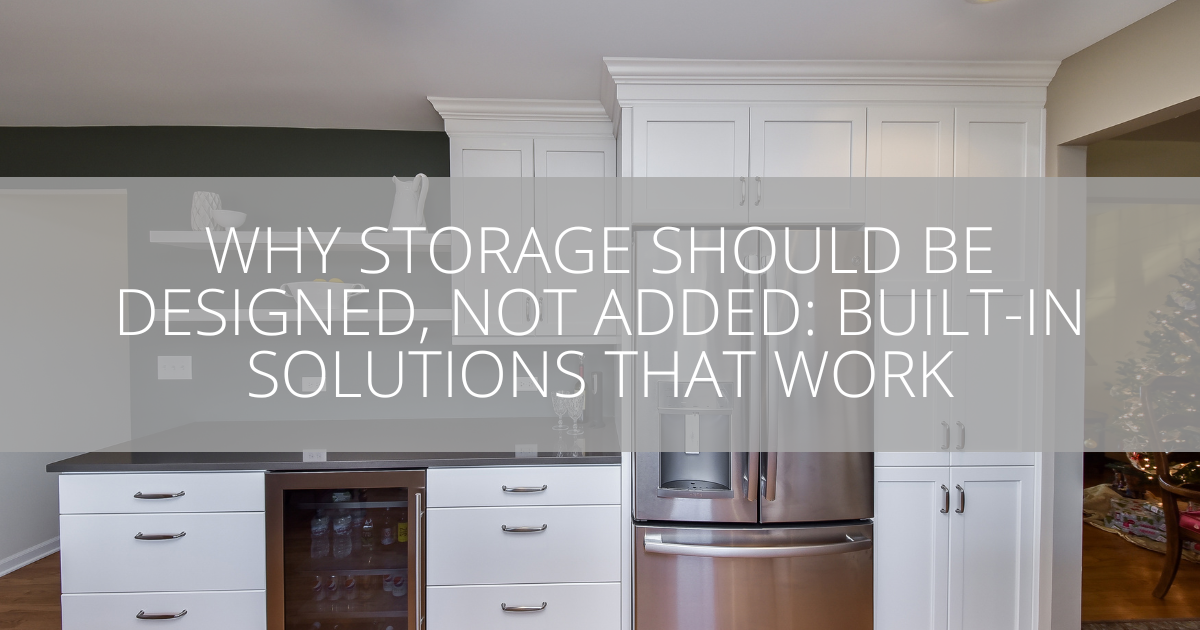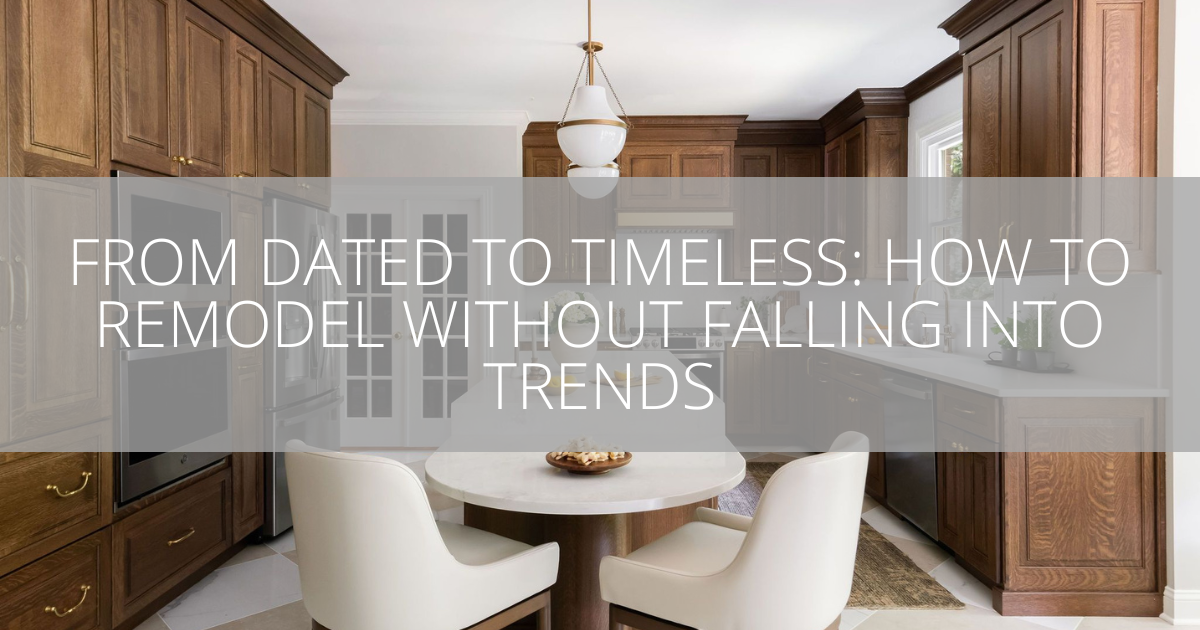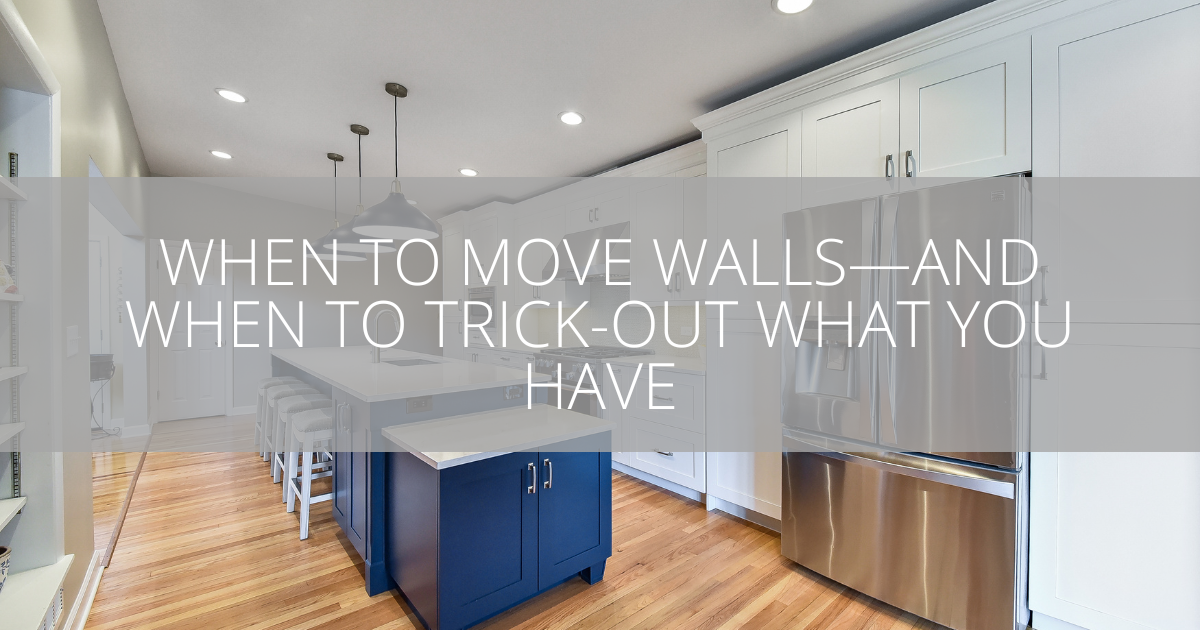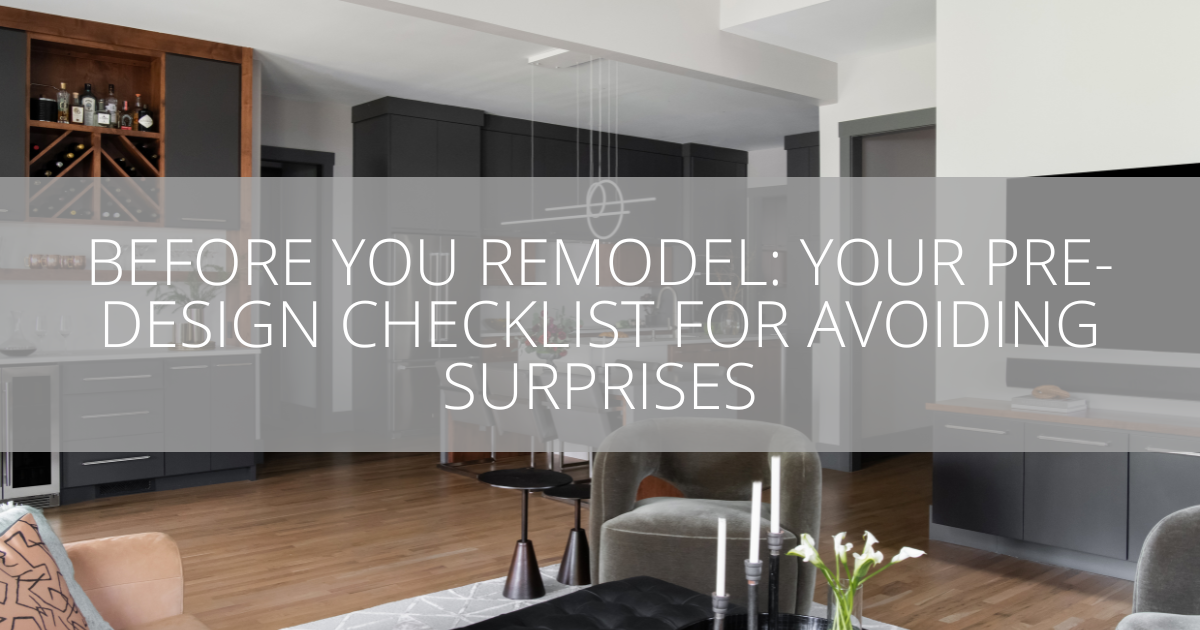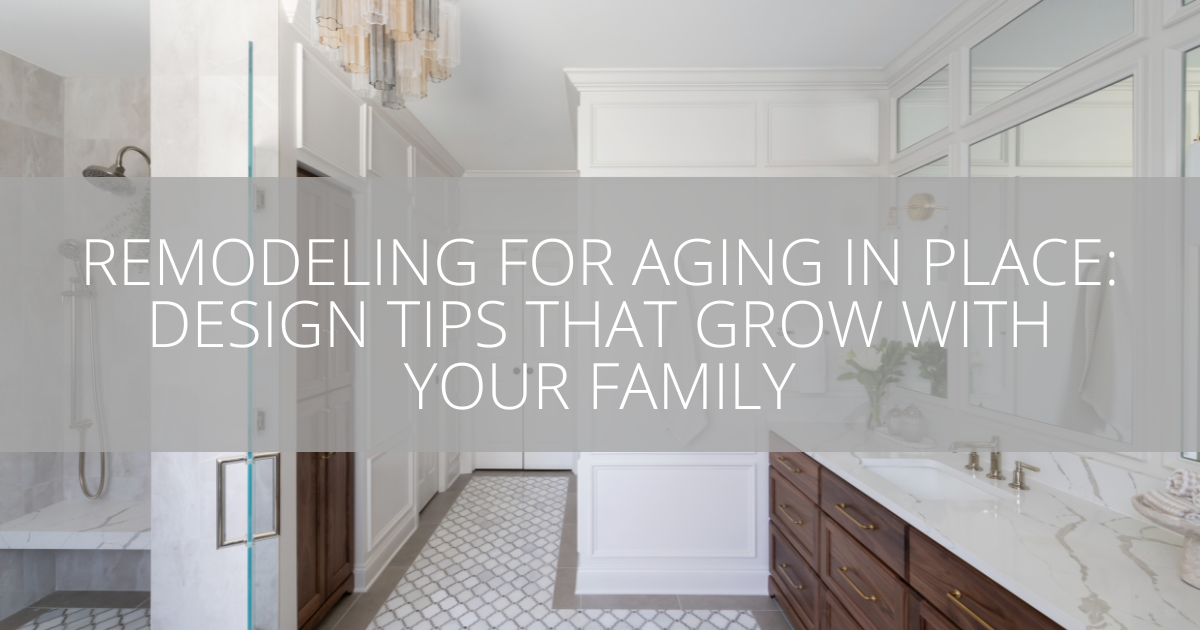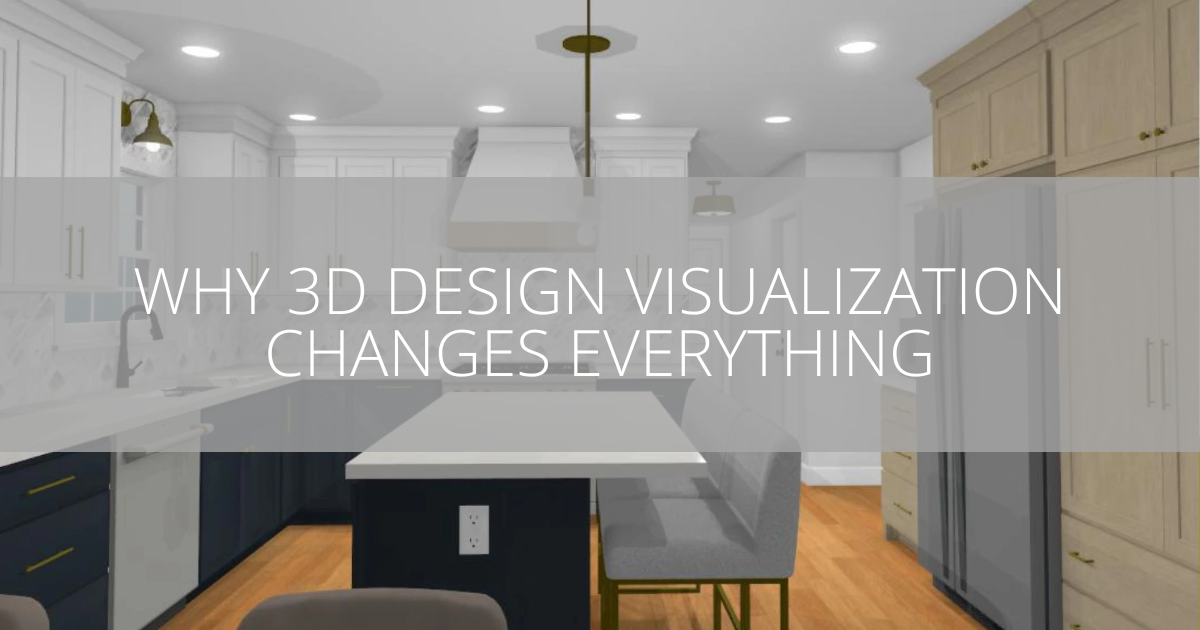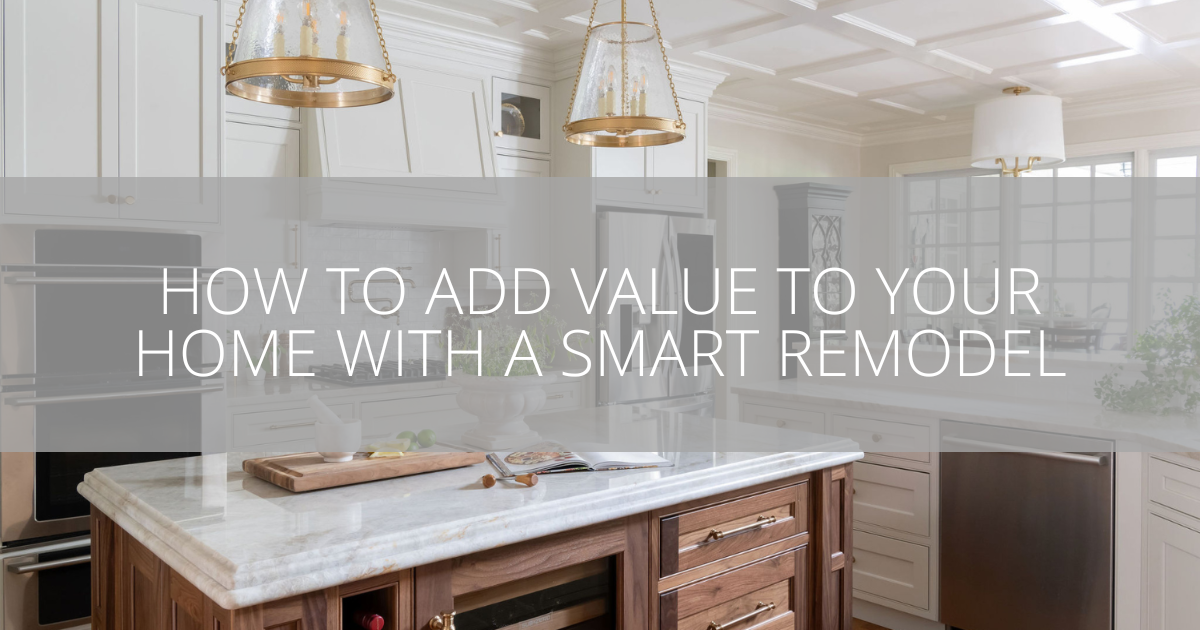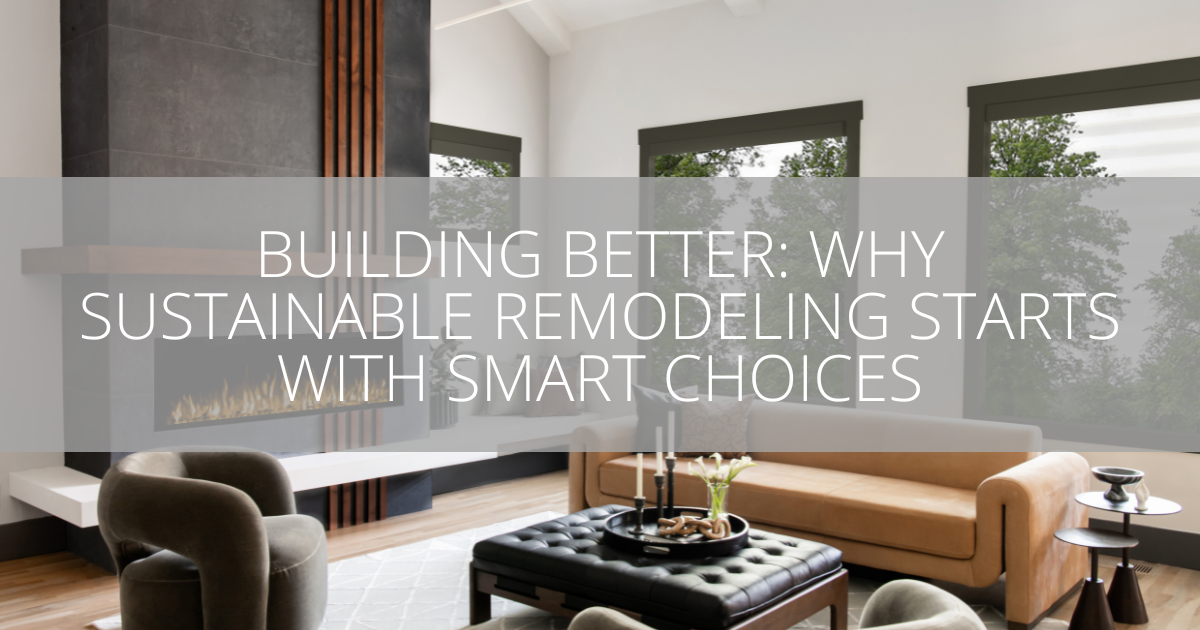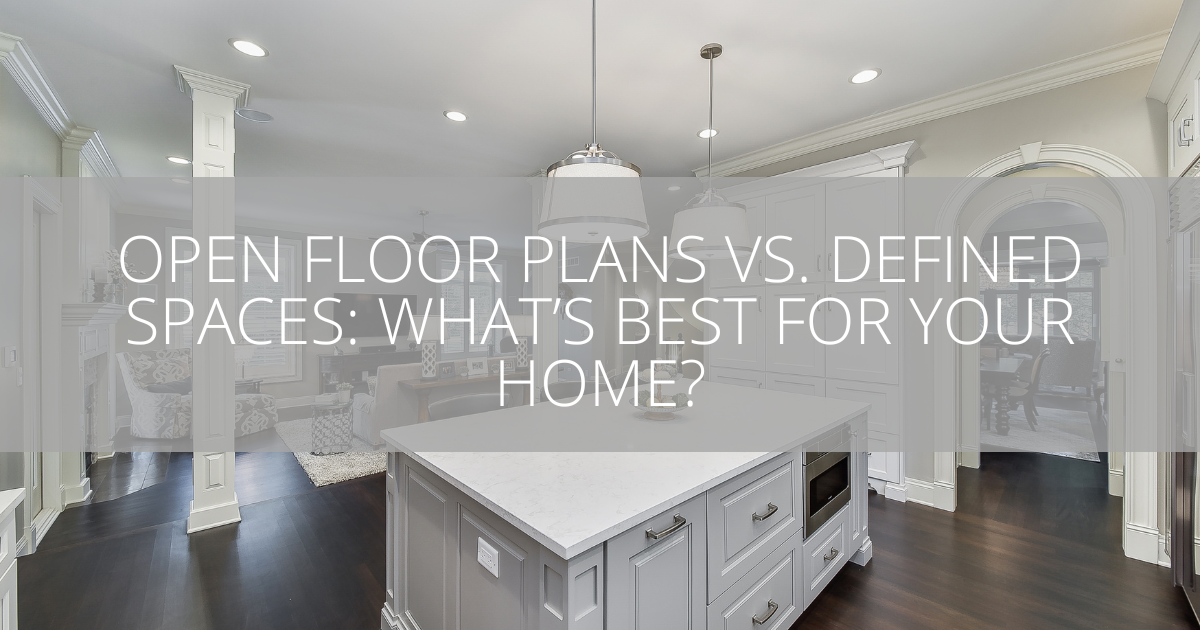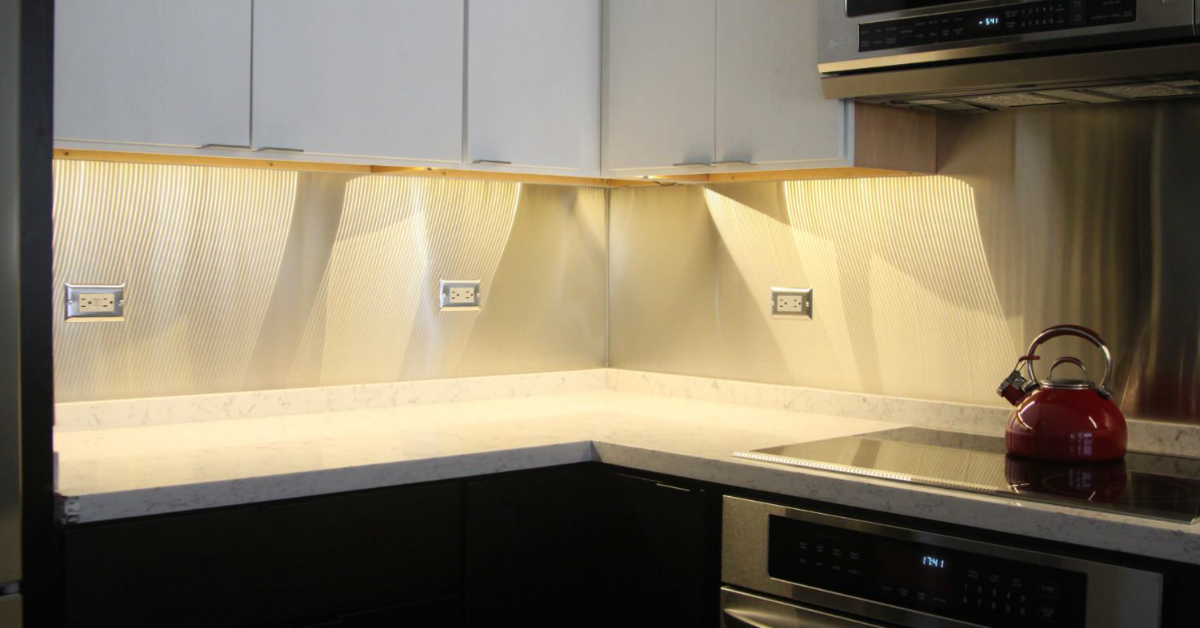
Inspired Led
When it comes to the kitchen, lighting is one of the most important aspects. Not only does it help you see what you are cutting up or stirring in the pot, it also defines the unique style and feel of your kitchen space.
While overhead lighting is the priority for many homeowners, you should also consider installing under cabinet lighting. This refers to a variety of light fixtures installed on the underside of cabinets. These lights are important for work space lighting or as aesthetic complements or both. In this comprehensive guide, we compare various types of under cabinet lighting. We also provide some helpful shopping advice, detailing the important features you should consider when looking for the best under cabinet lighting.
Note that under cabinet lighting is not just for the kitchen. You can use it wherever you have installed cabinets, be it your basement bar or dining room.
Why Install Under Cabinet Lighting
- Additional Illumination: Under cabinet lighting can complement the main overhead lighting. It can be especially useful in providing focused illumination on the work area and highlighting the backsplash.
- Elimination of Shadows: Even with a bright overhead light, shadows may still form on the work area due to wall cabinets. Placing light under the cabinets eliminates these shadows, providing adequate illumination for your cooking and food preparation.
- Design and Ambiance: Installing under cabinet lighting makes a big difference to the look of a space. Depending on the type of lighting installed, your kitchen or bathroom can attain a warmer, more contemporary or more futuristic feel. So if you are remodeling, consider adding a splash of style with under cabinet lighting fixtures.
Features to Look for in Under Cabinet Lighting
Different lighting options vary when it comes to light color, brightness, energy saving and life span. To make sure you are getting the right option for your needs, here are the features you need to consider.
You can take a look at our Home Remodeling Ideas, which is a collection of our previous projects.
1. Voltage
In regards to voltage, there are two main types of under cabinet lighting; normal (line) voltage (120V) lighting and low voltage (12V or 24V) lighting. There is no significant difference in energy savings, light quality and life span between high voltage and low voltage under cabinet lighting.
Low voltage lighting however has a few advantages. For one, you can use smaller light fixtures, making it possible to fit more lights in a tight space under the cabinet. Secondly, low voltage lighting produces less heat, making for a more comfortable space.
Note that a transformer is necessary if you opt for low voltage lighting. The transformer steps down the high 120V voltage into a lower 12V or 24V voltage. Usually, the transformer will be installed inside the cabinet or in another remote location along the circuit.
2. Wiring
There are two basic types of wiring used with under cabinet lighting; hard-wire and simple plug in. Hard-wiring involves connecting the lights directly to the existing wiring in the house. Power is drawn directly from a power source. Plug in draws power from a power outlet, often a wall socket.
Obviously, plug-in lighting is the simpler and least expensive option that you can even install yourself. For the hard-wire options, the services of a professional electrician will be necessary. So for ease of installation, our recommendation is plug in lighting. Some sellers will sell under cabinet lighting that can either be plugged in or hardwired. Other types of under cabinet lighting are plug-in only or hard-wire only. So make sure you check the wiring requirements when shopping for under cabinet lighting.
Some types of under cabinet lighting have no wiring requirements at all. They are battery powered.
3. Dimming Capability
We highly recommend that you get lighting with a dimming capability. While this may mean incurring extra cost for the dimmers, it gives you much more control over the lighting. One benefit for this is saving energy. When you do not need the bright light, dimming it can save some energy.
Additionally, different people may have varying visual needs. For example a person with eyesight problems may want low-intensity lightning without the painful glare. Dimmers ensure that everyone can work in the lighting conditions they prefer best. Dimmers also come in handy when you want some mood lighting in your kitchen.
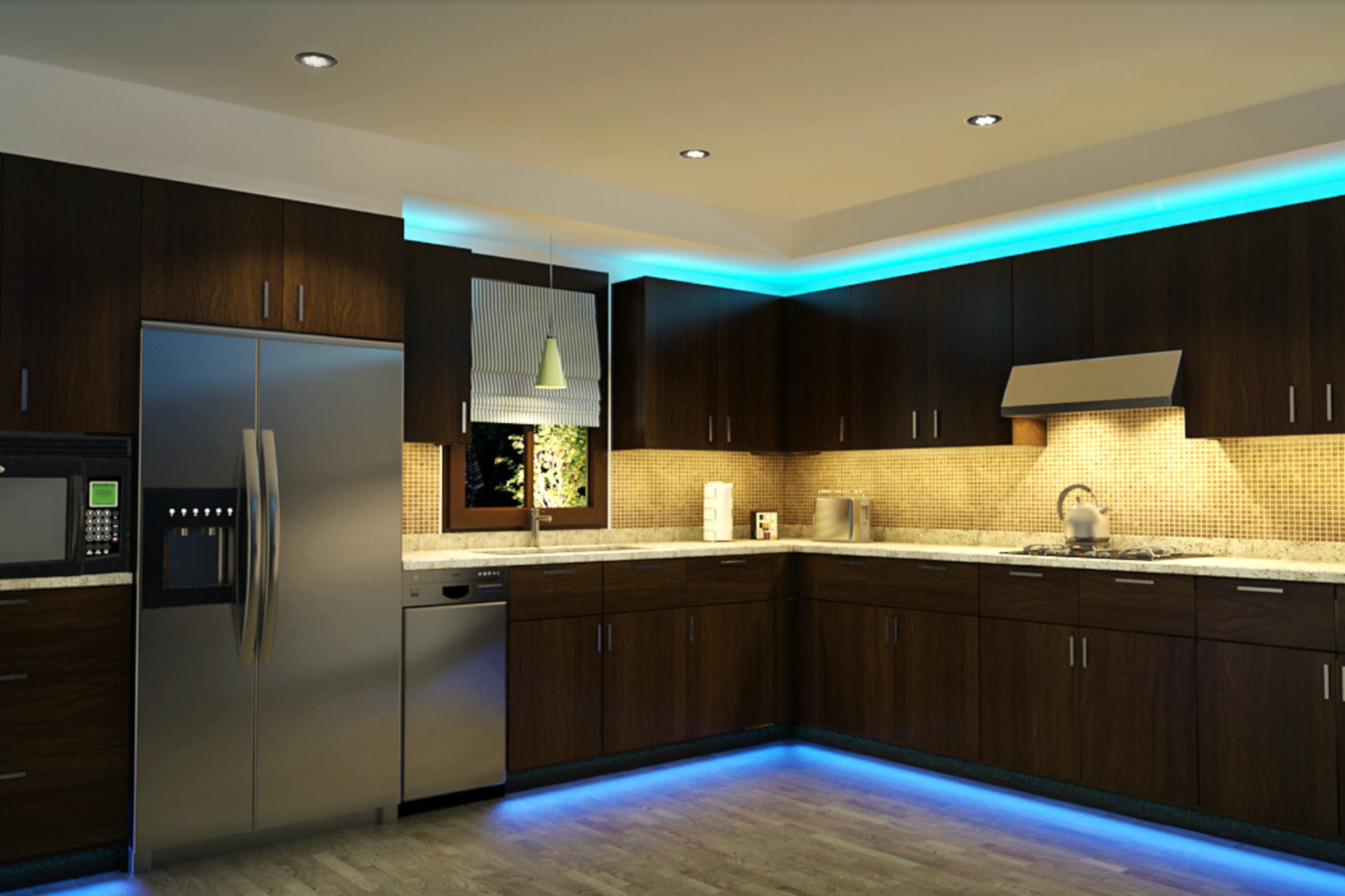
Super Bright Leds
4. Fixture Lenses
Fixture lenses are important in creating a uniform light distribution, minimizing bright reflections on the counter and reducing glare. Halogen and xenon lighting fixtures can be especially glaring making it necessary to include lenses in your purchase.
5. Energy Efficiency
Energy efficiency has become an all-important part of residential lighting. If you are looking for the most energy efficient under cabinet lighting option, LED is the place to go. Some LED fixtures use as little as 5 watts while still emitting adequate illumination. An added advantage is that LED lights are easy to dim, adding to their energy-saving capability. They also produce very little to almost no heat.
Xenon lights are less energy efficient but are still a lot better than the power-gobbling incandescent lamps. They have a nice warm glow, giving your kitchen a homely ambiance. They are also dimmable, which can help save some energy. Note that xenon lights tend to give off a little heat.
The other great options for energy efficient under cabinet lighting include halogen and fluorescent lighting. Fluorescent lighting is especially energy efficient and produces almost no heat. A downside of fluorescent fixtures is that most of them cannot be dimmed, giving you less control over the light intensity.
6. Heat Output
We have already talked a little about heat output under ‘energy efficiency’. To recap, fluorescent, and LED lighting are best when it comes to heat output. They are cool to the touch. This is especially important in a kitchen where certain foods or food ingredients could be sensitive to heat.
Xenon lighting gets a little hotter than both fluorescent and LED. Halogen lighting is often regarded as the hottest under cabinet lighting, though it is still a much more preferable option to traditional incandescent bulbs.
Ferguson
7. Ease of Installation
If you are planning to do some DIY installation, you need to consider how easy it is to install a certain type of under cabinet lighting. LED strips and ropes are the easiest to install. Puck lights can be a bit more challenging.
Looking for additional lighting ideas, head to this Pinterest Board.
Generally, go for simple plug-in or battery-powered lights rather than those that require hard-wiring.
There are a few other factors that are mostly just a matter of reference. For example, do you go for puck lights, linear, or strip lights? Linear lights such as LED strips tend to provide uniform lighting on the work surface. Puck lights on the other hand provide spots of focused lighting. Another question is, recessed or surface mounted? There is not much difference between the two types when it comes to function or aesthetics. Most people assume that surface mounted puck lights will look unattractive. However, these fixtures are usually very thin, ensuring they do not stick out unattractively from under the cabinet.
How to install under cabinet LED lighting
Seeing that they are the most popular option for homeowners, we have provided a brief overview on how to install LED under cabinet lighting. Note that this is a general overview, different types and brands of LED lighting may have different variations of installation.
Strip lights
The first step is choosing the right LED strip lights. The most important thing to check is the brightness. If you plan to use the light for illumination, the brighter the better. On the other hand, if it is for decoration, you can do with less intensive LED strips. To be safe, get the bright options and then install a dimmer for more control.
Installing an LED strip is fairly easy and straightforward. You just need to measure the length of your cabinet along where you plan to install the lights and then cut off the same length from your LED strip. You will need extra low-voltage wires if you plan to connect a dimmer to the strip.
Most strip lights come with an adhesive back with a protective cover on top. This should be enough for most types of cabinets. For rougher cabinet surfaces such as concrete, an extra adhesive can be used. Some strip lights attach to the cabinet using screwed-in clips.
Once you have set up the strip, plug it into a power outlet and switch it on. If it requires hardwiring, you are better off leaving the installation to a trained technician.
Puck lights
When installing LED puck lights under your cabinet, aim for a spacing of 8 to 12 inches. For surface mounted puck lights, you need to drill small holes first. Be careful not to drill all the way through the cabinet. Remove the mounting cap off the light and use it to mark hole positions on the underside of the cabinet before drilling. Then, install the mounting cap, securing it with screws. Twist the light onto the cap.
For recessed puck lights, you will need to cut through the cabinet underside using a hole saw. Secure the mounting cap with screws and twist the puck light in. The power hub connecting all the puck lights to the power outlet also needs to be mounted underneath the cabinet.
For both puck and strip lights, it is a good idea to install them closer to the front face of the cabinet. This hides them from sight, creating a more aesthetic look. Additionally, it prevents any glare from reaching someone else in direct line of the light.
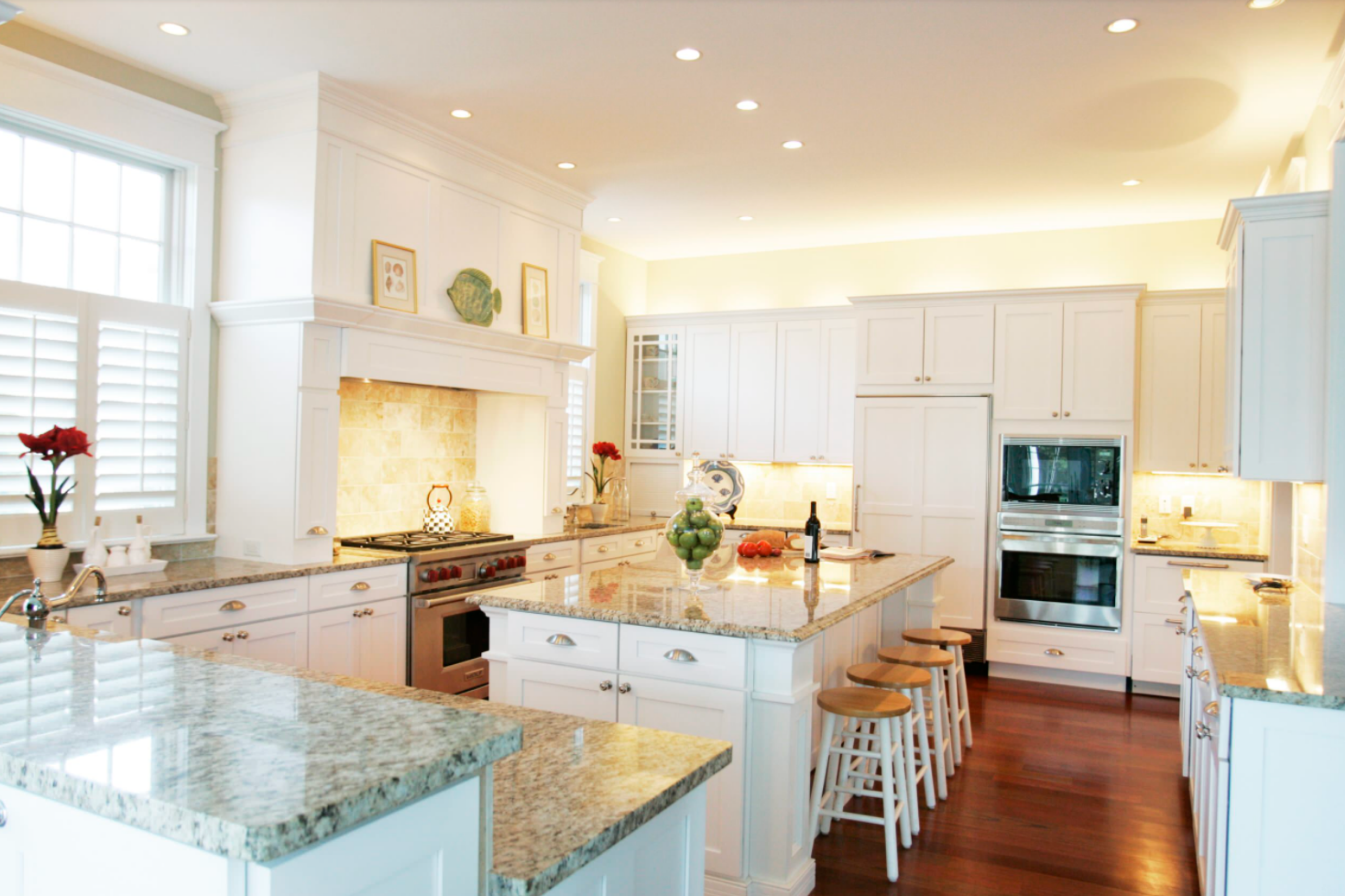
Echelon Custom Homes
Types of Under Cabinet Lighting
LED Lighting
This is one of the most popular types of under cabinet lighting thanks to its long life, high-energy savings,14 and low heat output. LED has become more common in homes as incandescent lamps continue to lose their luster over the last few years.
LED is an abbreviation for light emitting diodes. This type of lighting uses a number of diodes to emit light. Incandescent bulbs on the other hand, use wire filaments that are heated to produce light. The lack of heat is one of the primary reasons why LEDs are more energy efficient and last longer. The energy efficiency part is especially important. LED lighting is 90% more efficient compared to the low 10% efficiency of incandescent lighting.
There are two main types of LED under cabinet lighting; strip lights and individual or puck lights. The best choice mostly depends on your aesthetic preferences. If you are going for a minimalist, easy-to-install option, then under cabinet led strip lighting is best. Puck lights are just as good with the difference that they provided focused areas of lighting, instead of distributed illumination. They also require a little bit more work to install. You can either recess them into the underside of the cabinet or mount them on the underside surface.
LEDs are dimmable meaning you should consider including dimmers in your setup. This will enable you to control the light intensity for different situations and for different individuals.
Pros and cons of led under cabinet lighting
Pros
- Extremely energy efficient, which means substantial energy savings
- Low heat output
- Long life
- Easy installation
- Dimmable
Cons
- Though prices have been coming down rapidly in the last few years, LED lighting is still significantly more expensive than other forms of under cabinet lighting. But this cost is often offset by energy savings made during the lifetime of the lighting.
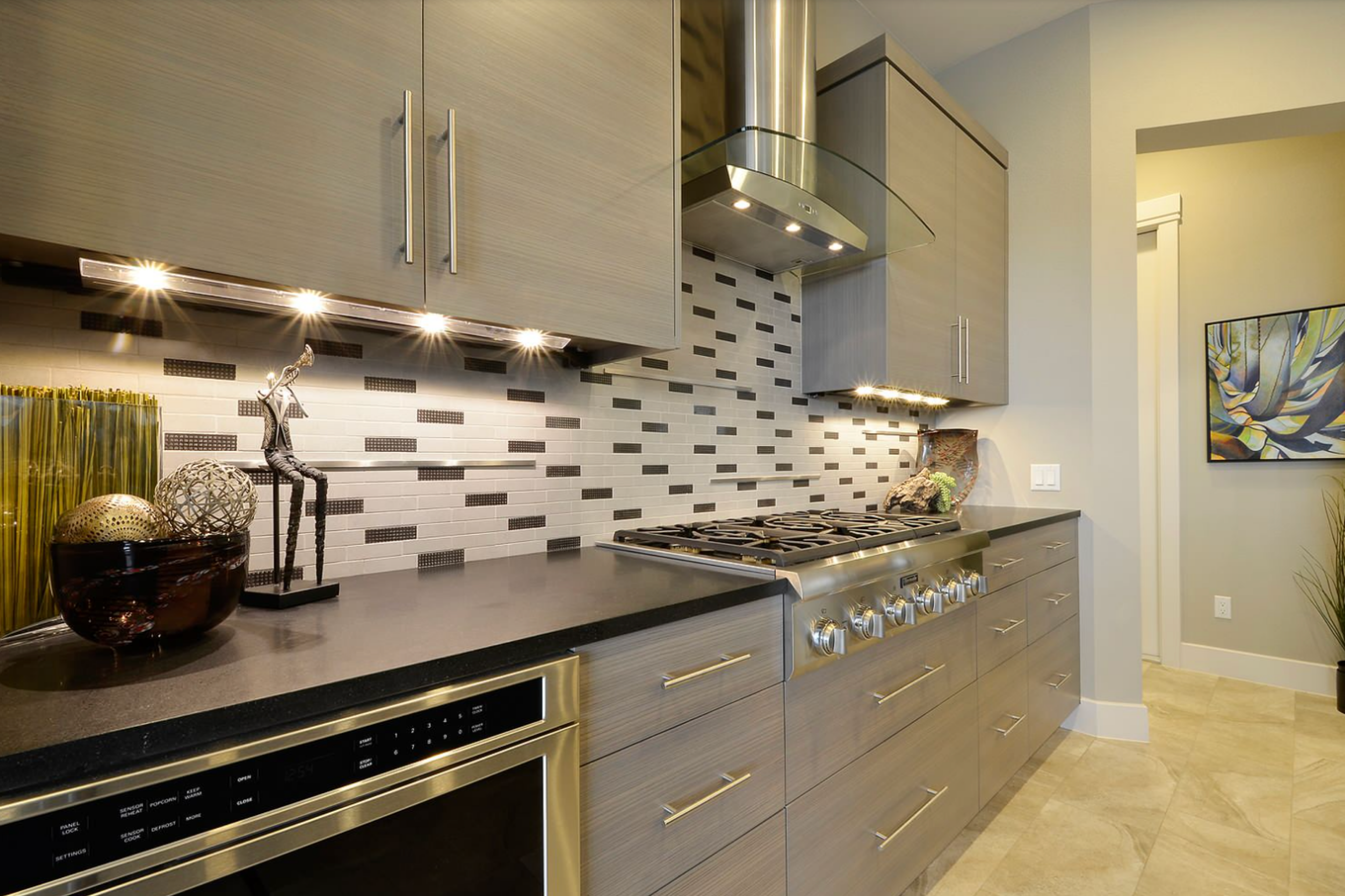
Pillar Custom Homes
Fluorescent Lighting
Fluorescent lighting is another popular option for your kitchen remodeling project, thanks to its high energy efficiency and low heat output. Today’s fluorescent bulbs do not flicker, hum, or take forever to come on after you have flipped the switch. This is one reason they make for good under cabinet lights.
The best fluorescent lights for under the cabinet are slim fluorescent strips, with a diameter of half an inch. This ensures they disappear easily under the cabinet while still shedding plenty of light. Half-inch fluorescent bulbs are labeled T4. If you need to go bigger, some good alternatives include T5 (5/8 inches) and T8 (1 inch). Beyond one inch and the bulbs will be too bulky for under cabinet lighting.
If you do not like linear fluorescent bulbs, then we recommend CFL, also known as compact fluorescent lamps. They usually take the shape of hockey pucks, hence the name puck lights.
When you are comparing among under cabinet fluorescent lights, one of the most important things to look at is the wattage. This denotes the light intensity emitted by the lamp. The higher the wattage the brighter the light. Like with LED lighting, opt for bright lighting and then use a dimmer to control the intensity.
Pros
- Very energy efficient, which translates into significant energy savings.
- Long life.
- Dimmable in some types (check the label when buying).
Cons
- Contains mercury, which can be hazardous when someone is exposed to it.
- Costs more upfront, with additional savings down the road.
Xenon Lighting
Both xenon and halogen lights are incandescent. They produce light by means of a thin tungsten filament being electrically heated until it burns hot enough to produce light. Xenon bulbs are named after the inert gas, xenon, that is in the bulb enclosure. The same goes for halogen bulbs as well, which we will discuss next.
Though it is incandescent, xenon lighting is much more energy efficient than traditional incandescent lighting. It also lasts longer. However, when compared to LED and fluorescent lighting, xenon bulbs are less energy efficient and tend to produce more heat.
Xenon lights are loved for their bright and warm illumination, making them the most popular incandescent under cabinet lights. Like LEDs and fluorescent lights, you can get xenon under cabinet lighting in either linear or puck form. Both hard-wire and plug-in varieties are available as well.
Pros
- A bright, warm light that enhances the area below it. If you are looking for additional lighting for your kitchen work area, xenon lighting is a good choice.
- More efficient than traditional incandescent lamps.
- High performing color rendering.
- They are dimmable.
Cons
- Burns hotter and is less energy efficient than either fluorescent or LED lighting.
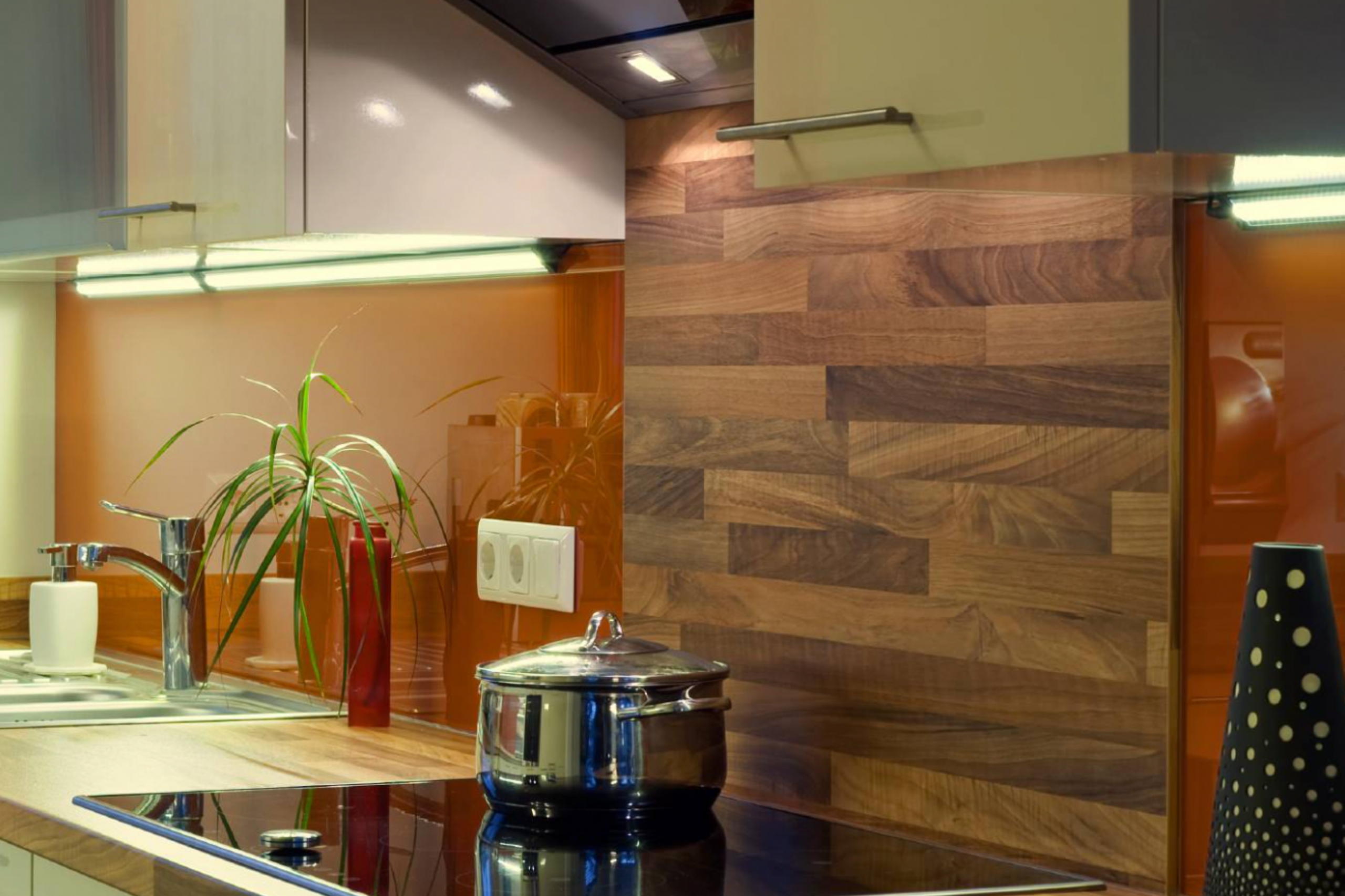
Solid Apollo LED
Halogen Lighting
Halogen is in the genre as xenon lighting with the main difference being that it contains the inert gas, halogen, in the bulb enclosure. As already mentioned, both are incandescent, produce more heat than LED and fluorescent lighting and are not as energy efficient. Like xenon, halogen lighting is quite bright with vivid color, making it a favorite for homeowners looking for bright and warm lighting.
If you have decided that LED and fluorescent is not for you, the real tussle will be between halogen vs. xenon under cabinet lighting.
One major difference between the two types of incandescent lighting is the heat output. Halogen produces significantly more heat, which makes it less energy efficient and gives it a shorter lifespan than xenon lamps. Still, the heat is not as much as traditional incandescent bulbs. ,m
Pros
- Ideal for illumination thanks to the bright light.
- Better than traditional incandescent in terms of energy savings and heat output.
Cons
- They burn hotter than xenon, LED, or fluorescent bulbs. Keep heat-sensitive foods away from the light. If it is a bar of chocolate for example, place it higher in the cabinet.
- A shorter lifespan than any other type of under cabinet lighting discussed here.
Form and Function
Under cabinet lighting is important for the practical lighting needs it meets and the aesthetics it brings to a room. With great advances in lighting technology made over the last decade or so, homeowners have plenty of great options to choose from when it comes to under cabinet lighting. Hopefully, the above guide has helped you decide what kind of under cabinet lighting is perfect for you.

